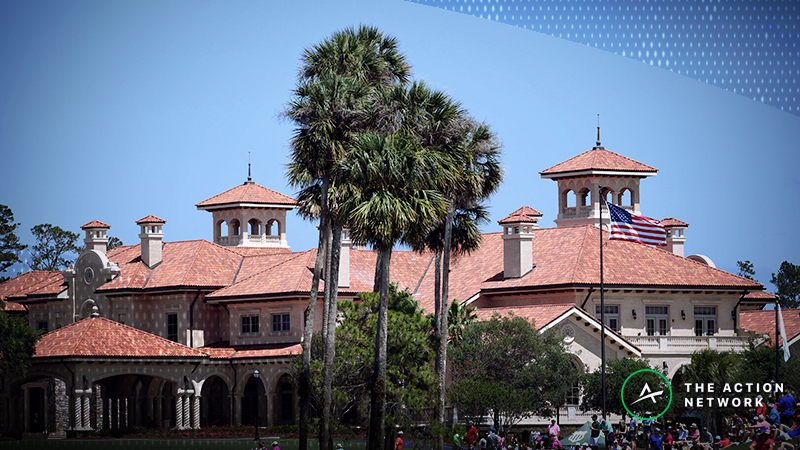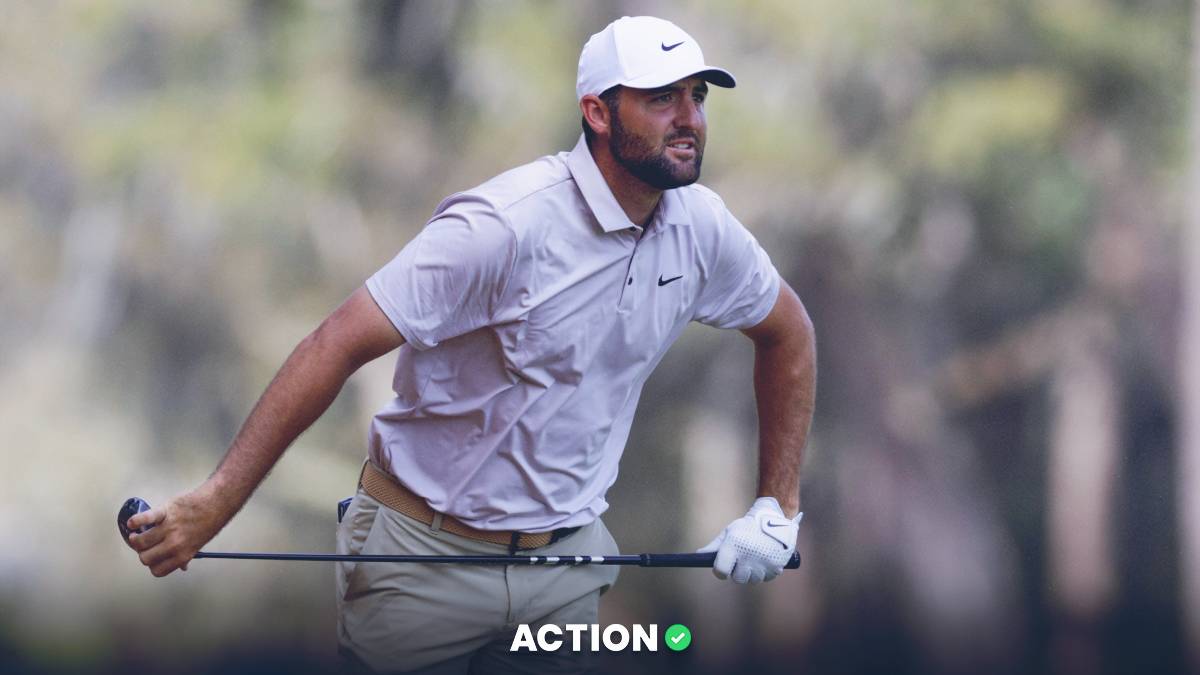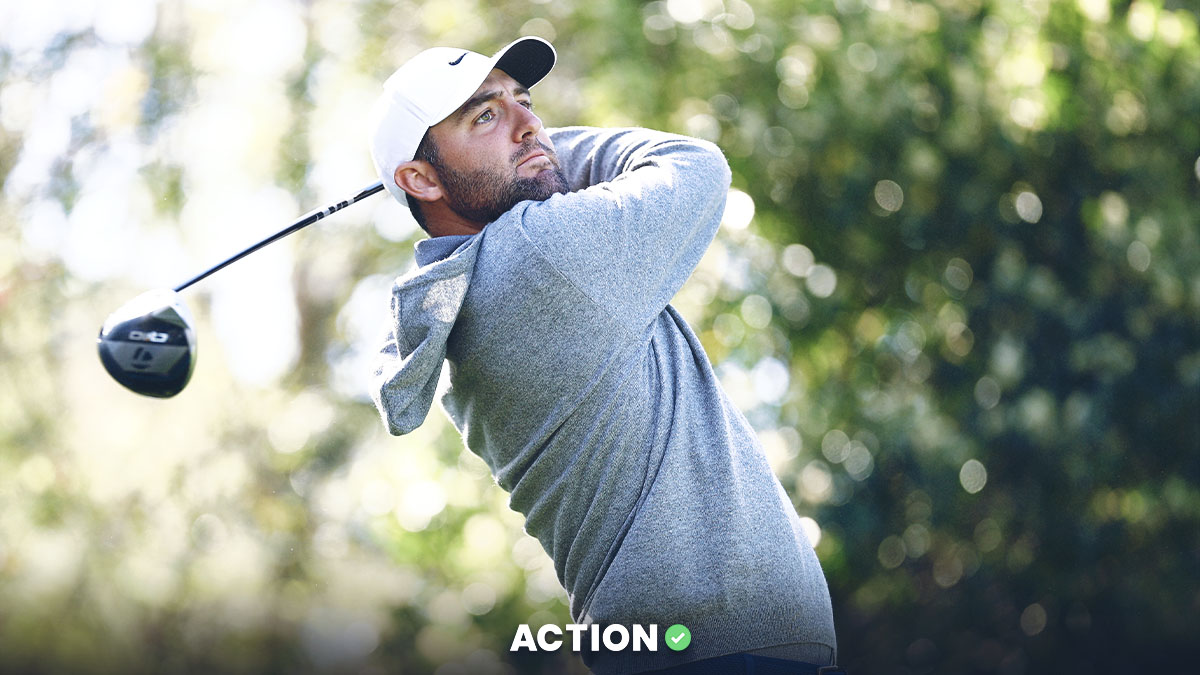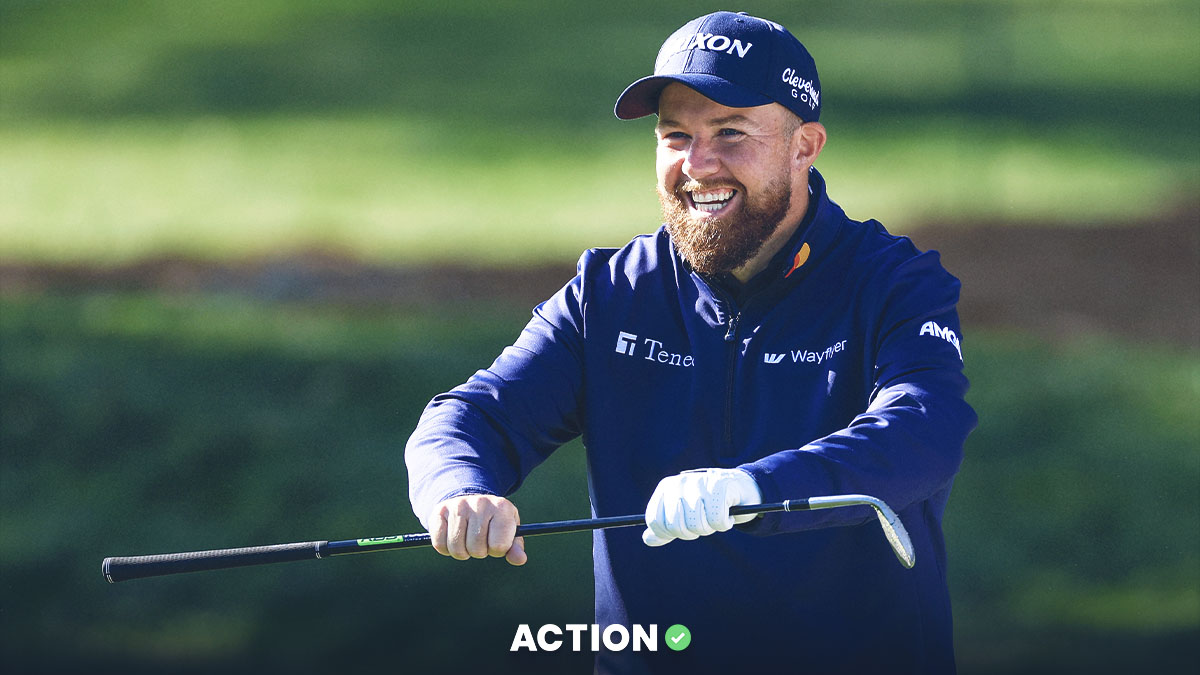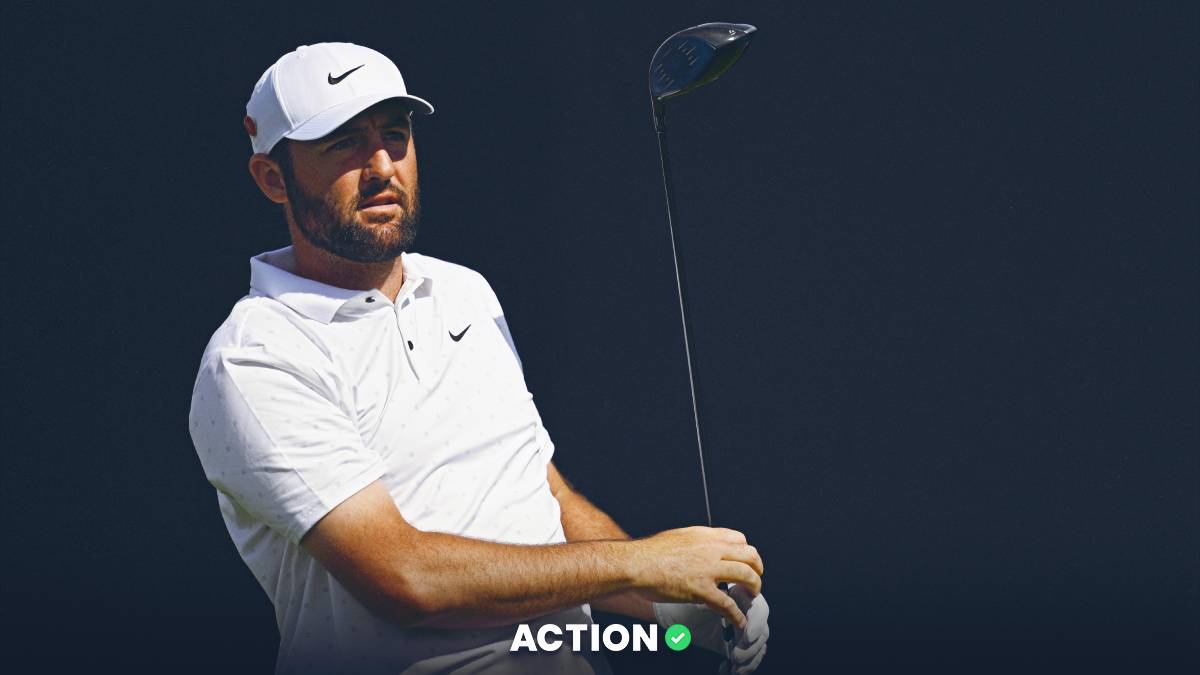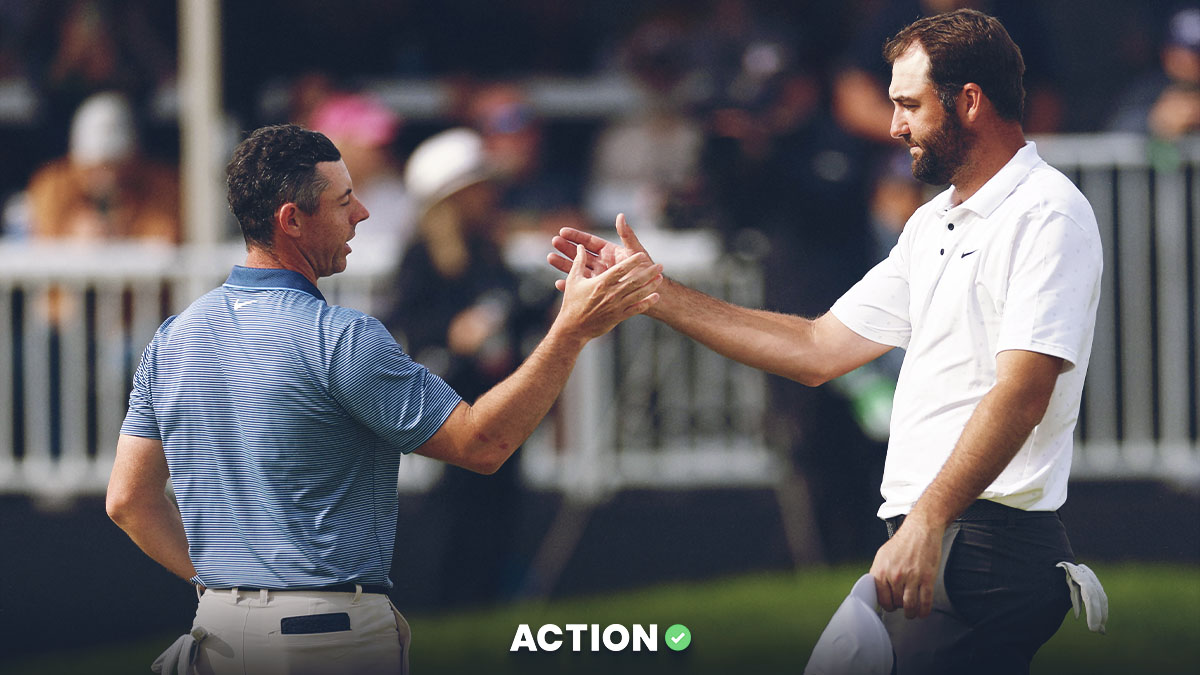Three days, 23 hours and 9 minutes.
That’s the amount of time between the Ryder Cup being clinched on Sunday to the first tee time of the 2018-19 season this Thursday morning.
Hope you enjoyed the offseason.
Know what I did during all that downtime? I wrote this column.
You’re welcome.
If you don’t think that’s too short of an offseason, you probably need to put down the remote and step away from the Golf Channel for a little while.
The NFL wouldn’t start training camp four days after the Super Bowl was played, but golf has turned into a year-round affair, with no rest for the weary fans.
It’s insane to think the powers that be expect people to continue watching the never-ending string of events, but it’s just as crazy to fail to realize where the PGA Tour’s priorities lie.
Years ago, before he became commissioner, Jay Monahan explained to me that the No. 1 goal of the PGA's mission statement is to provide playing opportunities for the membership.
It’s already difficult enough for a player who received his playing privileges through the Web.com top 25 or Web Finals to receive these opportunities from January through August, so the fall schedule gives these players a chance to earn points and money before most of the big guns get into the full swing of their schedules.
I’d still like to see the fall events as their own separate small schedule. Tournament wins still count, the money still spends and players can qualify for bigger events next year, but everything could recalibrate when the calendar turns over.
One of the biggest problems with the year-round schedule, though, has little to do with fan interest and TV ratings and everything to do with some of the game's issues persisting without getting fixed.
I promise not to get political here, but I recently read a worthy analogy from the world of government.
In a Guardian excerpt from his new book, author Michael Lewis wrote about the uneven transition process that often occurs from one presidency to the next.
In the excerpt, he quotes Max Stier, an official who has tried to improve these transitions, as saying, “We have a legacy government that hasn’t kept up with the world we live in, largely because of disruptions from bad transitions. People don’t understand that a bungled transition becomes a bungled presidency.”
I’m not blind enough to think the inner workings of the PGA Tour are any bit as consequential as the United States government, but there’s admittedly an analogy to be found here that can answer a lot of questions.
Why haven’t golf broadcasts changed much in the past decade to reflect the more upbeat pace with which we consume our content?
Why haven’t there been more out-of-the-box ideas to make individual tournaments more unique from weekly proceedings?
Why haven’t younger up-and-coming players been better promoted in a way that they’re already household names when they start winning events?
The answers to these questions can be found partly in the never-ending schedule.
It’s difficult for production teams to find new, innovative ways of televising events when there are only a few days between seasons to regroup.
It’s tough to configure new ideas or promote younger players when there’s so little downtime to identify and process these concepts.
And so, what we’re left with is a recently concluded 2017-18 season that looked very much like the 2016-17 campaign and an upcoming season that will look very much like the last one.
All of this is important to keep in mind while watching (or ignoring) this week’s Safeway Open, the season opener right on the heels of the season finale. Sure, there will be more downtime next year, when the FedEx Cup Playoffs end sooner on the calendar, which is a step in the right direction, but you still have to wonder if it’s enough to realize the desire for new ideas.
The PGA Tour is fulfilling its mission to give its membership the most playing opportunities possible, which is an admirable goal, yet the byproduct of the schedule is that there remain certain aspects of the game that are too slow to change on an annual basis.


